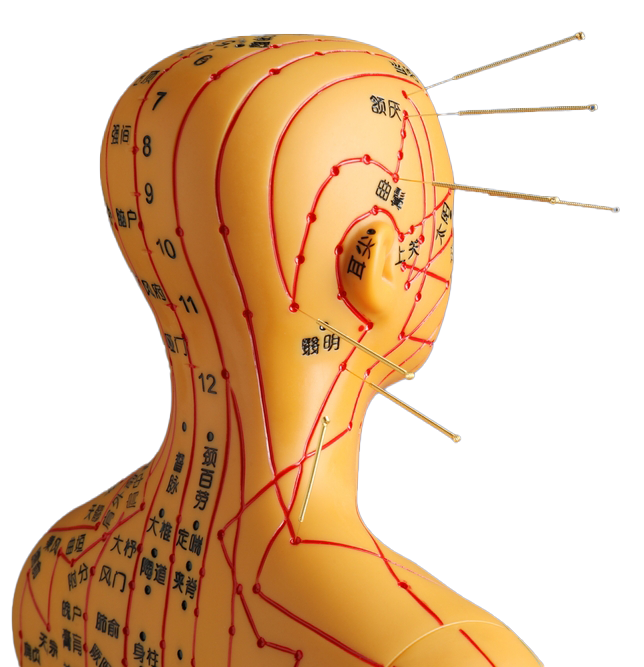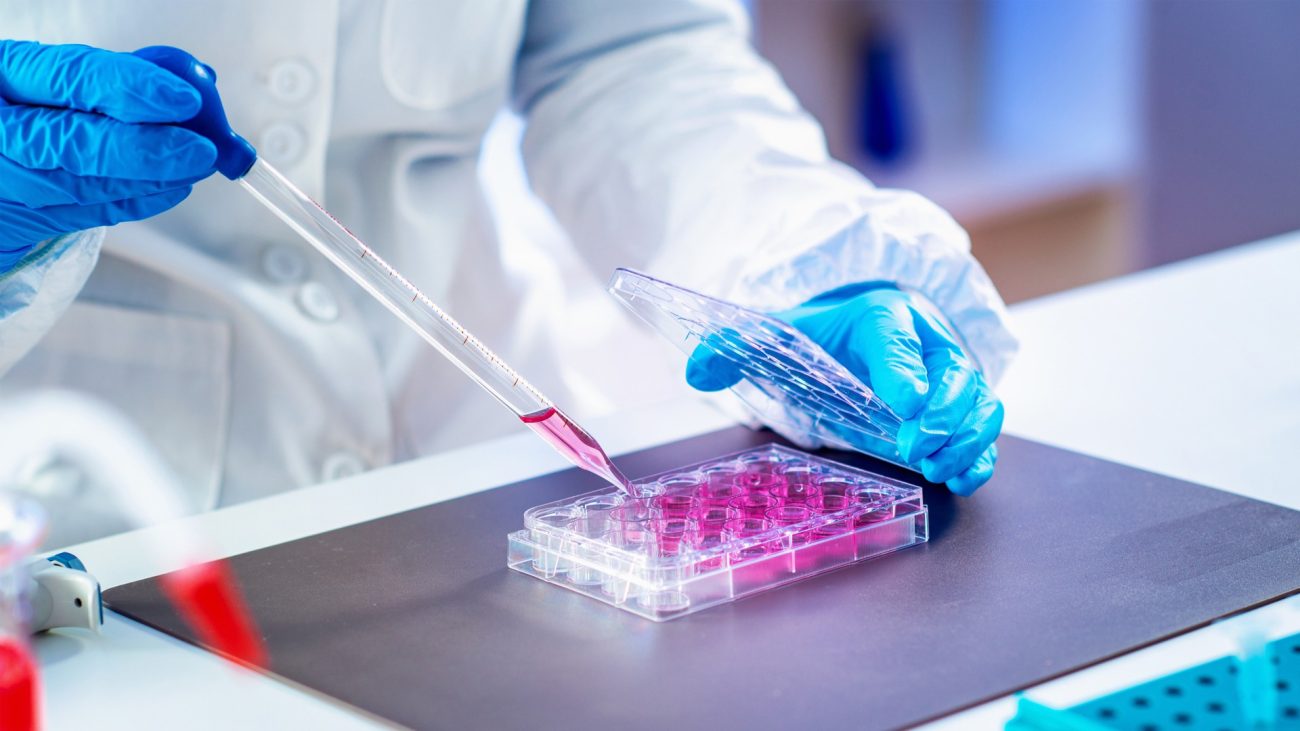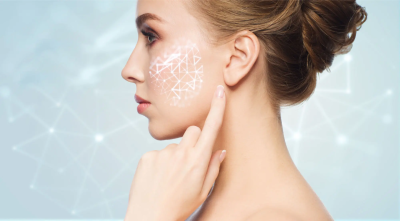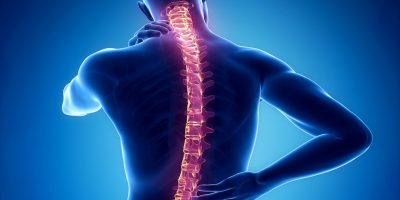- Facet joint Radiofrequency Thermocoagulation (RFT) Treatment
- Radiofrequency Thermocoagulation Dorsal root ganglion (DRG) radiofrequency thermocoagulation (RFT)
- Discitis Procedure
- Sacroiliac Joint Radiofrequency Treatment (Simplicity)
- In-Disc Ozone Therapy
- Nucleoplasty
- Transforaminal Injection (Pinpoint)
- Facet joint block
- Epidural Injection
Stem Cell Therapy
- Home
- Other TreatmentsInjection and Interventional Therapies
- Stem Cell Therapy
Contents
Toggle- Creating an individualised treatment plan
- The role of different specialities (physiotherapist, orthopaedist, psychologist, neurosurgeon)
- Pain treatment during pregnancy
- Treatment of chronic pain in the elderly
- Pain management in children
- Stress management
- Healthy eating
- Ergonomic living arrangements
- Exercise and mobility
- Facet joint Radiofrequency Thermocoagulation (RFT) Treatment
- Radiofrequency Thermocoagulation Dorsal root ganglion (DRG) radiofrequency thermocoagulation (RFT)
- Discitis Procedure
- Sacroiliac Joint Radiofrequency Treatment (Simplicity)
- In-Disc Ozone Therapy
- Nucleoplasty
- Transforaminal Injection (Pinpoint)
- Facet joint block
- Epidural Injection
- Cancer pain
- Permanent Epidural / Spinal Port Application
- Vascular Port (Permanent Vascular Access)
- Trigeminal Nerve RFT
- Blockade of Ganglion Stellatum
- Lumbar Sympathetic Ablation
- Facet joint Radiofrequency Thermocoagulation (RFT) Treatment
- Radiofrequency Thermocoagulation Dorsal root ganglion (DRG) radiofrequency thermocoagulation (RFT)
- Hernia Burning (IDET)
- Discitis Procedure
- Sacroiliac Joint Radiofrequency Treatment (Simplicity)
- Permanent Epidural / Spinal Port - Pump System
- In-Disc Ozone Therapy
- Nucleoplasty
- Peripheral Nerve Block
- Transforaminal Injection (Pinpoint)
- Facet joint block
- Epidural Injection
- Intra-articular Fluid Treatment
- Dorsal root ganglion (DRG) radiofrequency thermocoagulation (RFT)
- Spinal cord stimulation (pain pacemaker)
- Ergonomic living arrangements
- Spinal cord stimulation (pain pacemaker)
- Nucleoplasty
- Radiofrequency ablation
- Herbal solutions
- Dry needle treatment
- Anti-ageing treatments
- Ozone therapy
- Cupping therapy - Cupping
- Mesotherapy
- Prolotherapy
- Acupuncture
- Stem Cell Therapy
- Nerve blockages
- Corticosteroid injections
- Massage and relaxation techniques
- Manual therapy
- Electrotherapy
- Neuropathic pain medications
- Anti-inflammatory drugs
- Muscle relaxants
- Painkillers (paracetamol, ibuprofen, etc.)
Stem Cell Therapy: Discovering the Body's Power of Regeneration
One of the constantly developing and innovative areas of medicine is stem cell therapyare. Stem cells are "unique" cells that have the potential to transform into different tissues of the body and repair damaged areas. Due to the possibilities it offers in tissue regeneration and repair, stem cell therapy is considered as one of the exciting technologies of the medical world. In this article, we will discuss curious points such as what stem cell therapy is, in which areas it is used and what innovations it promises in the future.
What is Stem Cell?
Stem cellis the name given to cells that are not yet specialised and have the ability to differentiate into different cell types. These cells are simply:
- Embryonic Stem Cells: Stem cells found in the early stages of the embryo, which have the potential to develop into all tissue and organ types.
- Adult (Adult) Stem Cells: Cells with the ability to differentiate into specific cell types that can be found in different parts of our body, such as bone marrow, adipose tissue, muscles or the brain.
Usually autologous (taken from the person himself) or allogenic There are two types of application methods (taken from another person). In stem cell therapies, stem cells taken from the person himself/herself are most commonly preferred. With this method, the risk of rejection by the body is lower and the healing process can proceed more smoothly.
How Does Stem Cell Therapy Work?
- Cell Collection: Stem cells are usually collected from bone marrow, adipose tissue or blood by special procedures.
- Processing and Condensation: The sample taken is separated in the laboratory environment and the stem cells are concentrated.
- Injection or Transplant: The resulting concentrated stem cells are injected or transplanted into the damaged tissue or joint area.
- Repair and Renovation: Stem cells can turn into new healthy cells by repairing damaged tissue. This process accelerates the body's natural healing mechanism.
In short, stem cell therapy is based on the idea of activating the body's own "repair cells" to regenerate damaged or inadequately functioning tissues.
In Which Areas Is It Used?
- Orthopaedics and Sports Injuries: In cases such as cartilage damage in the knee, meniscus tears, shoulder injuries or tendonitis, stem cell applications can reduce pain and accelerate healing.
- Heart Diseases: Stem cell therapies are being investigated to repair damaged heart muscle after a heart attack. Early clinical trials are promising.
- Neurological Diseases: Stem cell studies are ongoing for the treatment of diseases such as spinal cord injuries, Parkinson's and ALS. Although it is still in the experimental stage, it may pave the way for new treatment options in the coming years.
- Diabetes Especially in Type 1 diabetes, research continues on stem cells to develop cells that will replace insulin-producing pancreatic cells.
- Skin and Burn Treatment: Stem cell applications are being tried for skin regeneration, rapid healing of wounds and repair of damage after burns.
Process and Points to Consider
- Inspection and Planning: Before deciding on stem cell therapy, the patient undergoes a detailed examination. Blood tests, imaging methods (MRI, X-ray, ultrasound, etc.) and current medical history are evaluated.
- Determination of the appropriate source: The specialist decides whether bone marrow, adipose tissue or blood is suitable.
- Anaesthesia and Collection Procedure: The procedure can be performed under local or general anaesthesia. If bone marrow is to be taken, the sample is collected from the back of the hip bone, and if adipose tissue is to be taken, the sample is usually collected from the abdomen with special methods.
- Injection Practices: The stem cell concentrate is injected into the damaged area (e.g. the knee joint). In some cases, the patient may need to be observed in hospital for 1 day, but most of the time it is performed on an outpatient basis.
- Recovery and Follow-up: After treatment, the stem cells need time to form new tissue. Physical activity and rehabilitation programme is planned according to the physician's recommendation.
Things to Consider
- Expert Selection: Stem cell therapy should be performed by experienced and trained physicians or centres.
- Cost: Procedures may be more expensive than other treatments due to the need for sophisticated laboratory processes and equipment.
- Expectations Stem cell therapy is not a miraculous method; it does not guarantee one hundred per cent success in every patient. Recovery rates vary according to the individual, the stage of the disease and environmental factors.
Benefits and Possible Side Effects
Benefits:
- Minimally Invasive Application: Less incision and tissue damage compared to surgical operations.
- Natural Regeneration: The potential for faster and natural healing by using the body's own cells instead of drugs or prostheses.
- Long Term Solution: A chance to support the permanent repair of underlying tissue damage, rather than temporarily suppressing symptoms in some diseases.
Possible Side Effects:
- Pain or tenderness at the injection site: Mild pain may be observed especially in the first days.
- Risk of Infection: As with any invasive procedure, infection may develop if sterility is not observed.
- Excessive healing (scar formation): Although rare, undesirable results such as uncontrolled tissue growth may occur (very rare).
Future Perspective
Although stem cell therapy is not yet a method that offers a definitive solution to all diseases, it is at the centre of rapidly developing scientific studies. Advances in genetic engineering and cell biology enable more targeted and safe stem cell applications. In the near future, new treatment methods are expected to be developed that will reduce the need for organ transplantation and restore lost functions in degenerative diseases.
Conclusion
Stem cell therapy stands out as a groundbreaking method in the field of tissue repair and regeneration. It is promising with its applications and potential in many areas from sports injuries to chronic degenerative diseases. However, the treatment process is personalised and the general health status of the patient, the severity of the disease and other factors determine the success rate. If stem cell therapy is an option for you, it is recommended that you consult with a health professional who is an expert in the field, get a comprehensive evaluation and set your expectations realistically.
Remember
Tıpta hiçbir tedavi %100 garantili değildir; en iyi tedavi yolu her zaman bireysel ihtiyaçlar, güncel bilimsel veriler ve uzman görüşünün harmanlandığı detaylı bir yaklaşımla belirlenir.
Our treatments
- Home
- Other TreatmentsInjection and Interventional Therapies
- Stem Cell Therapy





